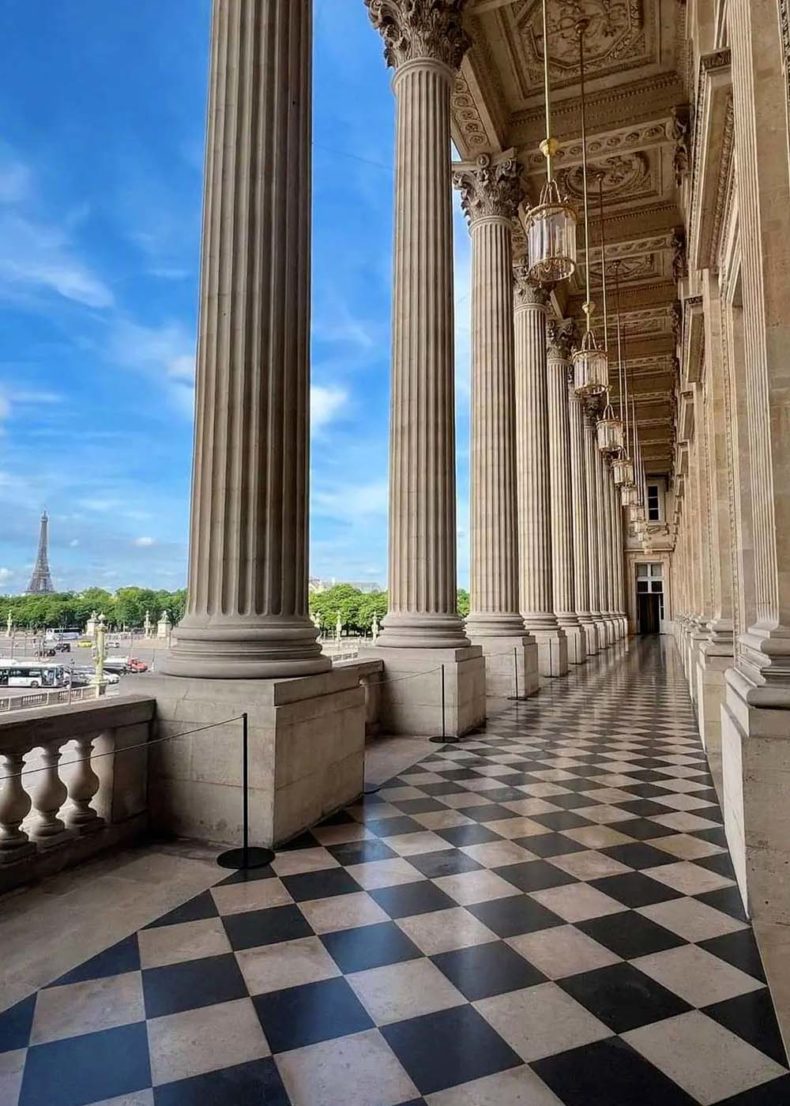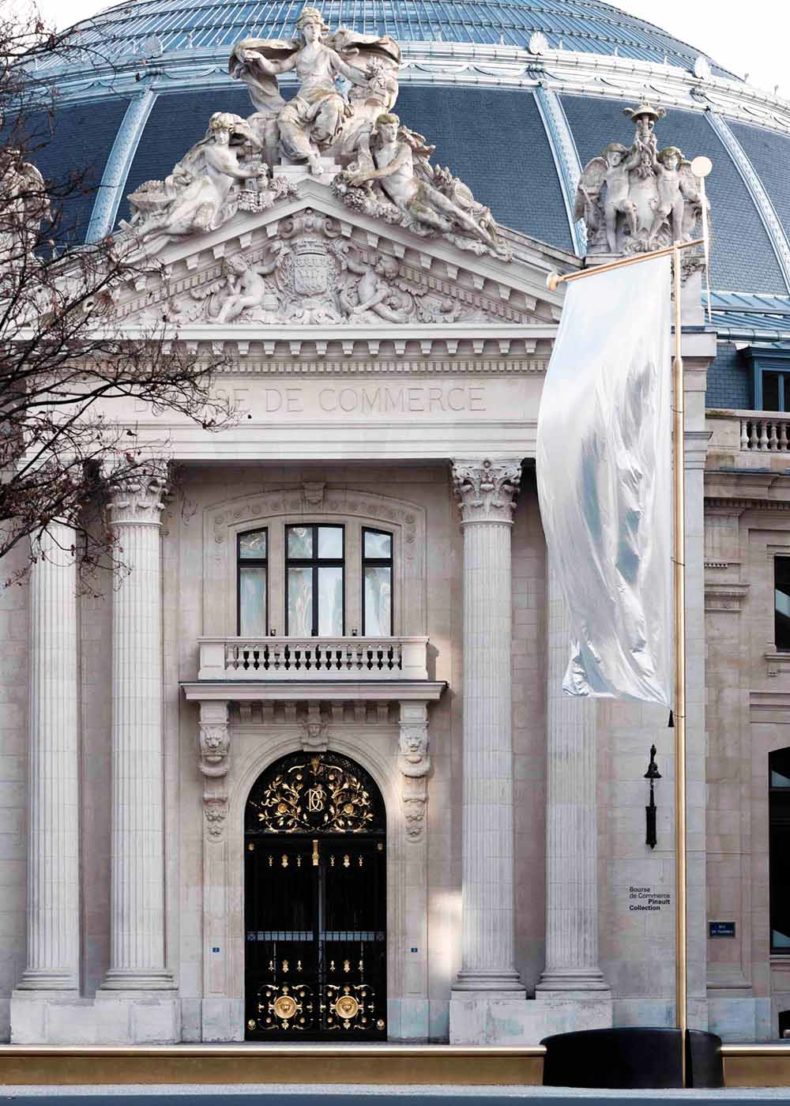We each have our own Paris, marked by the power of first impressions, revelations, and sentiments. Baltic Outlook editor-in-chief Ilze Pole shares her postcards from a recent trip to the city of romance as well as a few examples of the French art of living.
Nowhere have I been to as much as Paris – because ‘I love Paris’ on shabby old t-shirts, coffee mugs, and baseball caps means much more to me than just a passing interest, soon to be replaced, for example, by ‘I love London’.
I really love Paris.
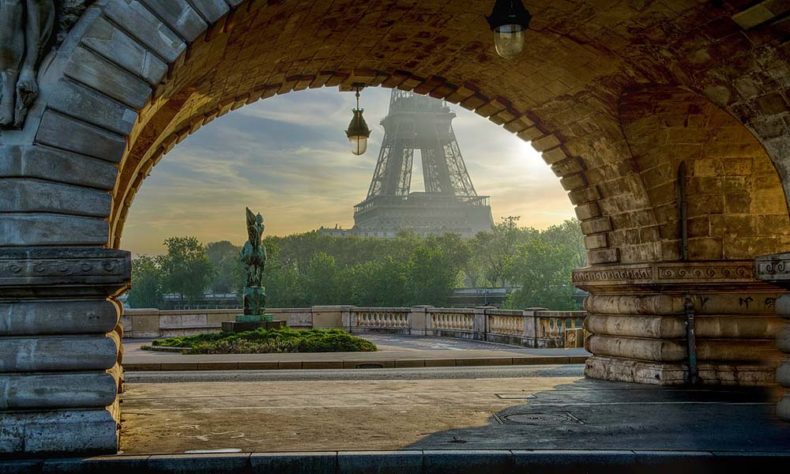
Photo on Pixabay
When I’ve been unable to write, I’ve gone to Paris and locked myself in a hotel room and written.
When I’ve been unable to grieve, I’ve flown out to walk miles along the Seine and finally let myself do so.
By the secret geometry of chance, one spring morning a few years ago I even found myself sitting on a couch in Mademoiselle Chanel’s apartment at 31 Rue Cambon.
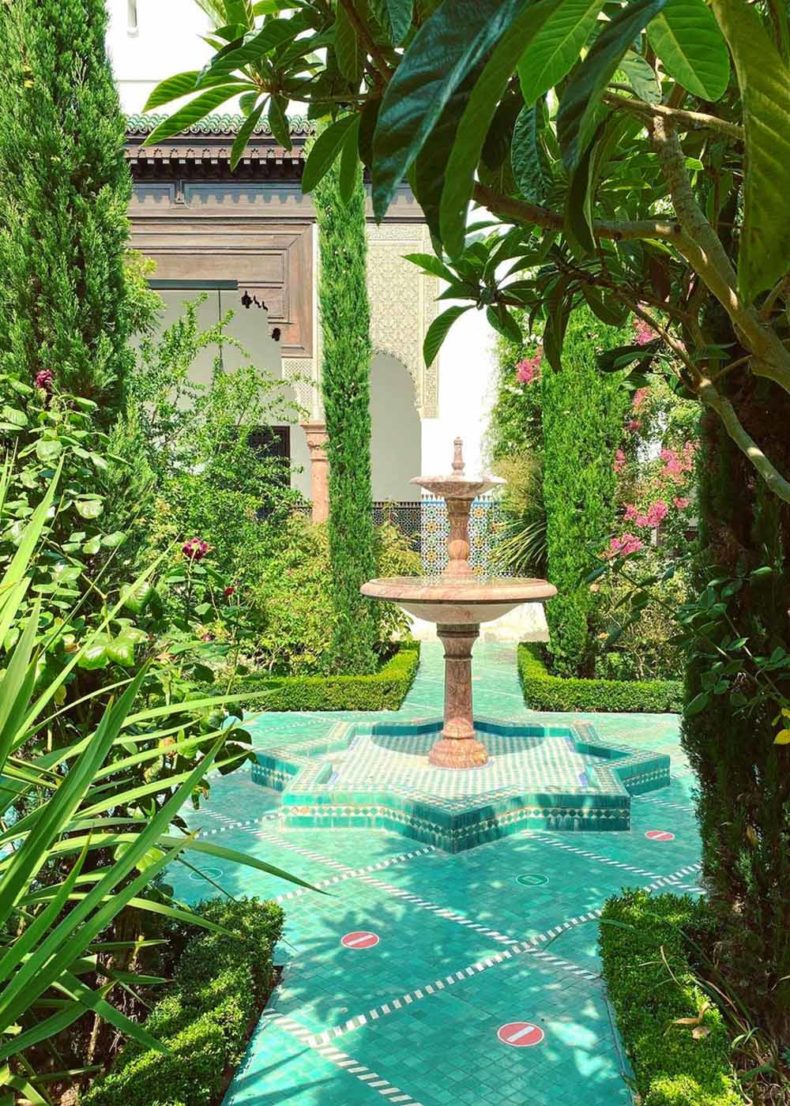
Photo on Instagram
And also exploring the gardens of the Grand Mosque of Paris, which is one of most beautiful gardens I’ve ever seen and where I learned that the word ‘paradise’ originates from an Old Persian word referring to an enclosed garden. The enclosed beauty I found there took my breath away.
Wine bar culture
I tell my story of Paris to Mark Williamson, the owner of Willi’s Wine Bar on the Rue des Petits-Champs. A friend of mine suggested I visit this legendary bar, which opened 40 years ago and soon became an establishment, as the concept of the wine bar was still unheard of in Paris at that time.
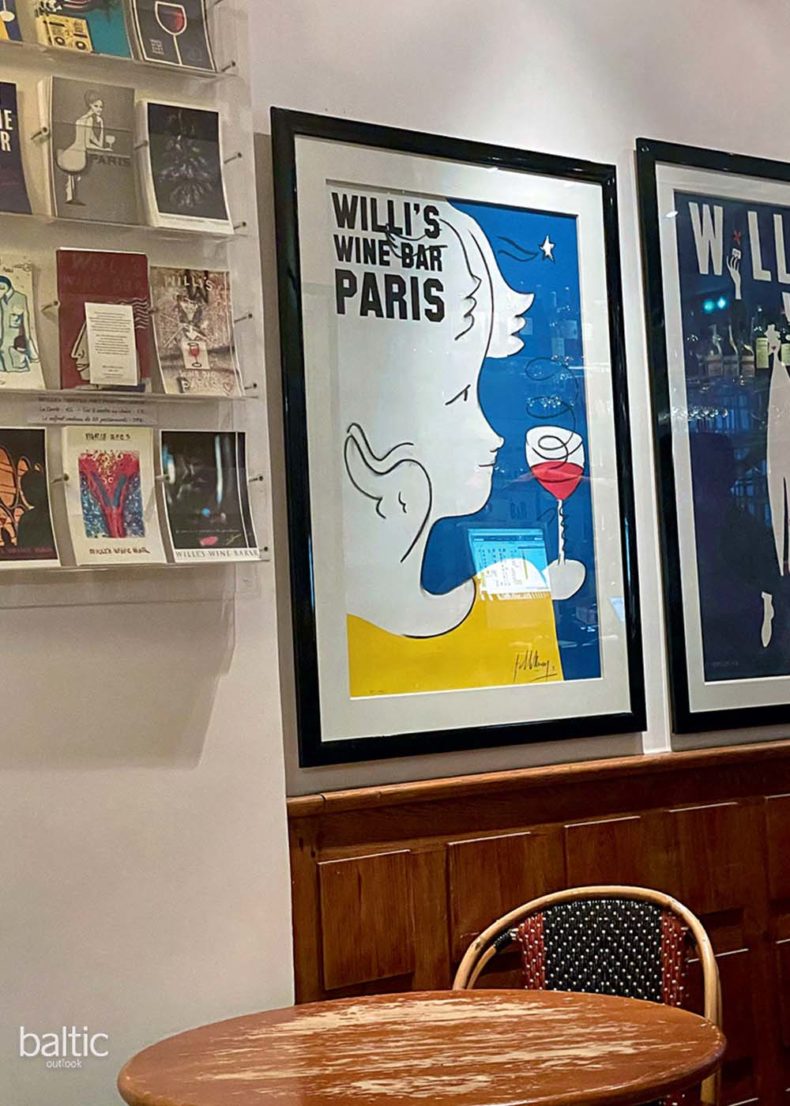
Willi’s Wine Bar is decorated with original posters that serve as an ode to wine and the art de vivre – he calls it ‘bottle art’, and new editions are created every year.
On this late afternoon, it’s slightly dim inside, and I hear a tour guide outside explaining that this is a very popular hangout for English-speaking expats in Paris. ‘And for Parisians as well!’ the waitress, Manon, shouts out to him.
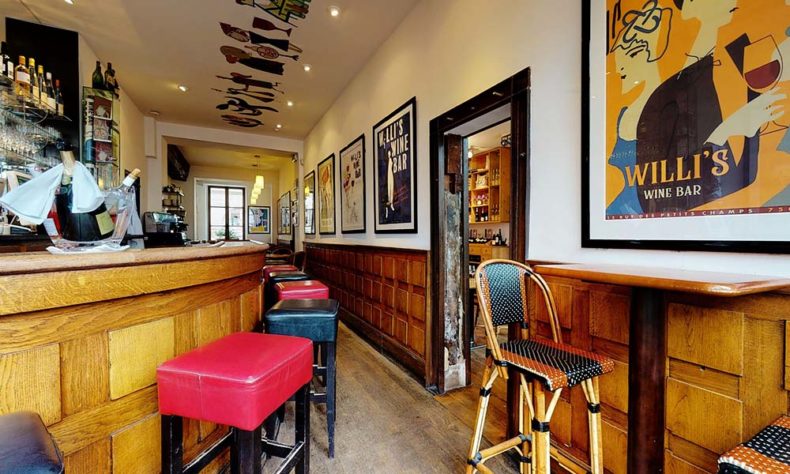
Photo on Facebook
Eating out has always been a big part of life in Paris. ‘On the continent – and it doesn’t matter if it’s the Spanish, Italian, French – there’s this love of being around other people,’ Mark shares his observations.
‘The French are very much into their places; they almost adopt the place, which in a way becomes an extension of their home. They invite people out more than they invite them to their homes. At least Parisians do that.’
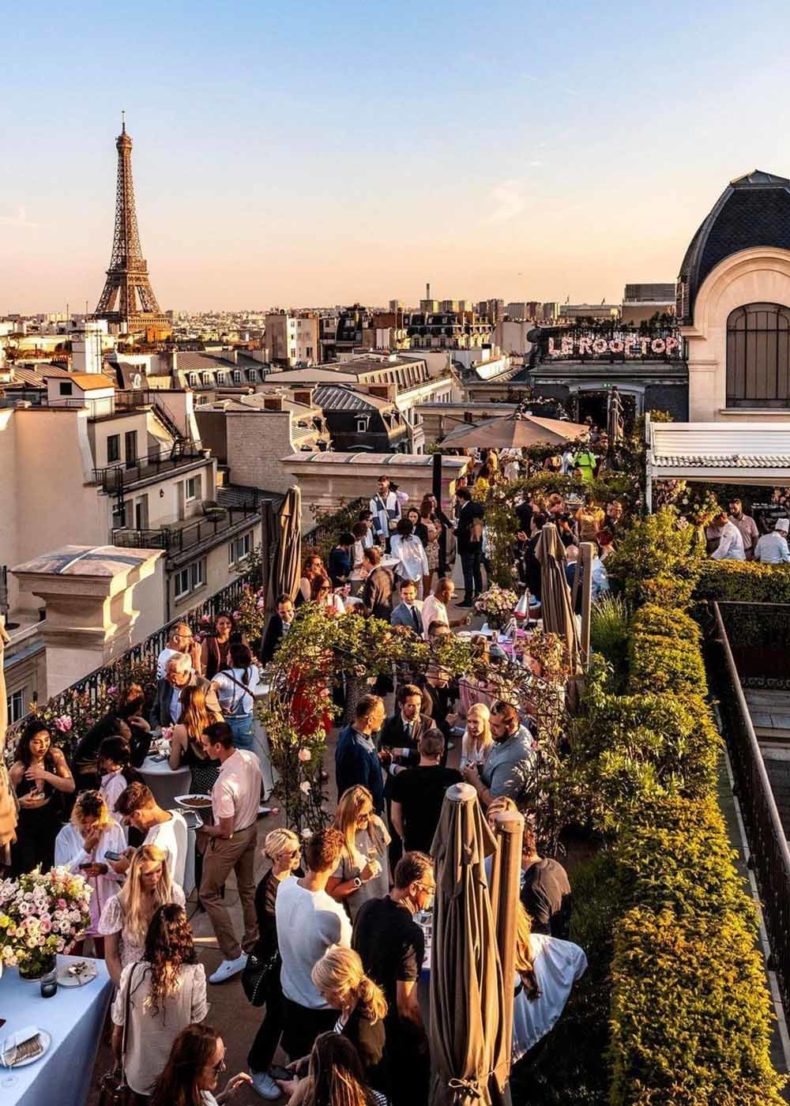
Photo on Instagram
Mark tells me about the markets he loves to go to on weekends – the Marché Bastille and the Marché Raspail.
We shared our impressions about the museum scene in Paris, and when I mention that I’ll be visiting the Hôtel de la Marine, he exclaims: ‘Can you imagine, it’s next door to me, but I haven’t been there! But I’ve heard that the renovation was absolutely fantastique! Très magnifique!’
An iconic heritage site
Photo on Instagram
A few days later I’m again on the Place de la Concorde, standing in front of a building that was closed to the public for over 200 years.
The Hôtel de la Marine was a military building that housed all of the French Navy offices until 2015, when it passed into the hands of the Centre des Monuments Nationaux, a government body that manages historic buildings and sites that are the property of the French state.
After four years of restoration work, which cost 130 million euros, the museum opened its doors last June.
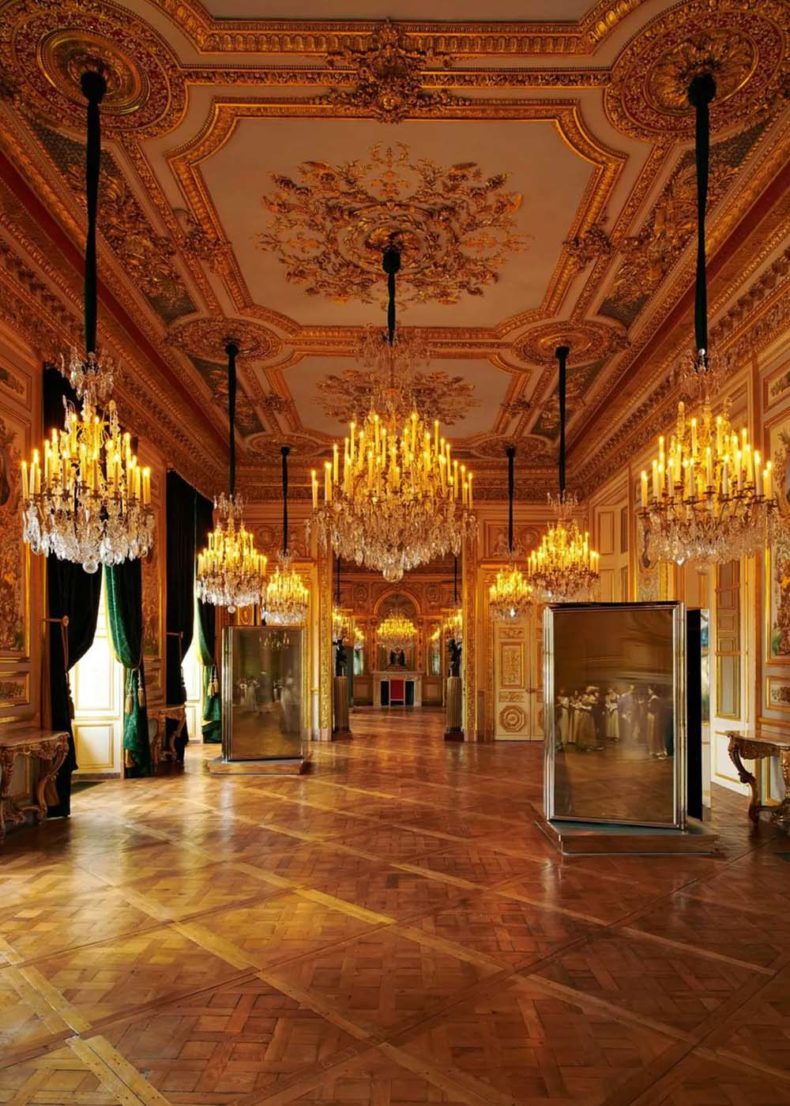
Photo on Instagram
When doing research, I came across a description of the Hôtel de la Marine as the Versailles of Paris. And it’s true. The luxury and splendour of the place is breathtaking, and it also draws attention to the level of craftsmanship of the restorers.
The Hôtel de la Marine has established a partnership with the Al Thani Collection Foundation, which will present a new exhibition every six months. The Al Thani Collection contains an exceptional array of artwork ranging from the ancient world to the present day.
The collection’s highlights include amazing pieces of ancient art, which are regularly shared with other museums, such as the British Museum in London, the Metropolitan Museum of Art in New York, the State Museum of Egyptian Art in Munich, and the Victoria and Albert Museum in London.
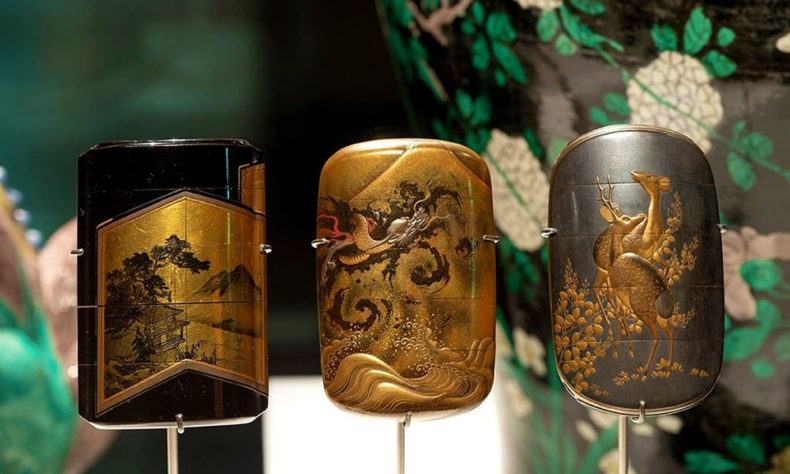
Photo on Instagram
But that’s not all. In addition to the fact that you can rent a workspace at the Hôtel de la Marine with a view of the Eiffel Tower, starting in spring of next year, the building will also offer cooking classes focusing on French gastronomy.
Enjoying the world of art
Photo on Facebook
Along with the Louvre and the Centre Pomidou, the Bourse de Commerce in Paris’ former commodities exchange building forms part of the newly redesigned Les Halles district.
Although the building existed before then, the Syndicat Général de la Bourse de Commerce de Paris was established there in 1854 to facilitate trading in wheat, flour, oil, sugar, alcohol, and rubber. The trading continued after the Second World War up until 1998, when the computerisation of futures markets brought a halt to in-person trading.
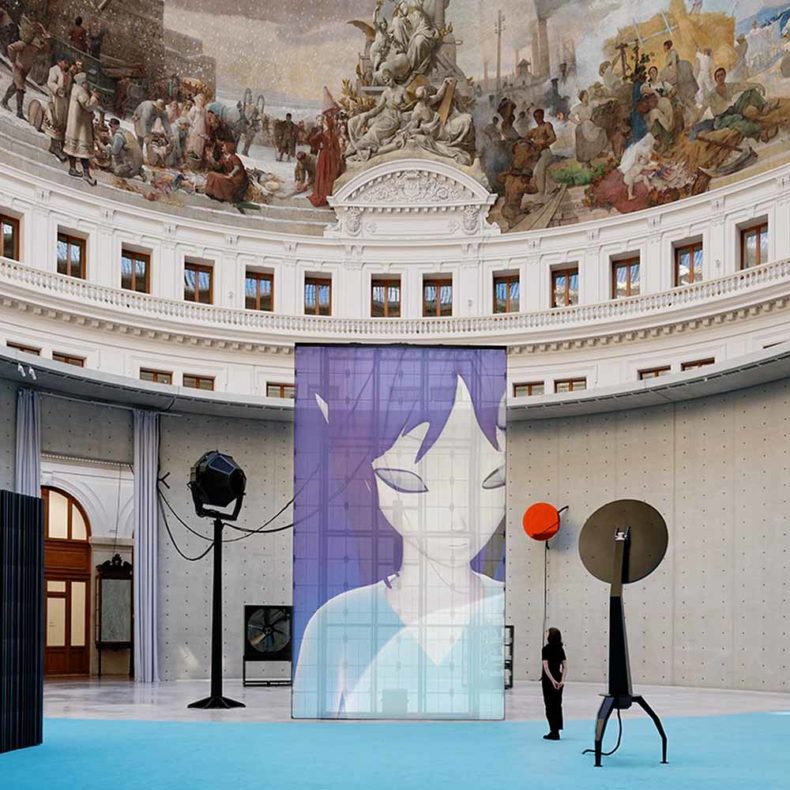
Photo on Instagram
Just a few weeks before the opening of the Hôtel de la Marine, François Pinault (one of the most important contemporary art collectors of our times) opened his third museum in the Bourse de Commerce after four years of restoration work that transformed the structure into an exhibition space for contemporary art.
The restoration and reconstruction, designed by Japanese architect Tadao Ando, cost 195 million U.S. dollars.
As Ando has stated in an interview, his job was ‘to transform this building into a contemporary art museum, without touching the structure that is classified as a historical monument’.
To that end, he inserted a nine-metre-high concrete cylinder with a diameter of thirty metres in the central rotunda. The circular design respects the symmetry of the space, and the inside of the cylinder houses the main exhibition hall as well as an auditorium on the lower level.
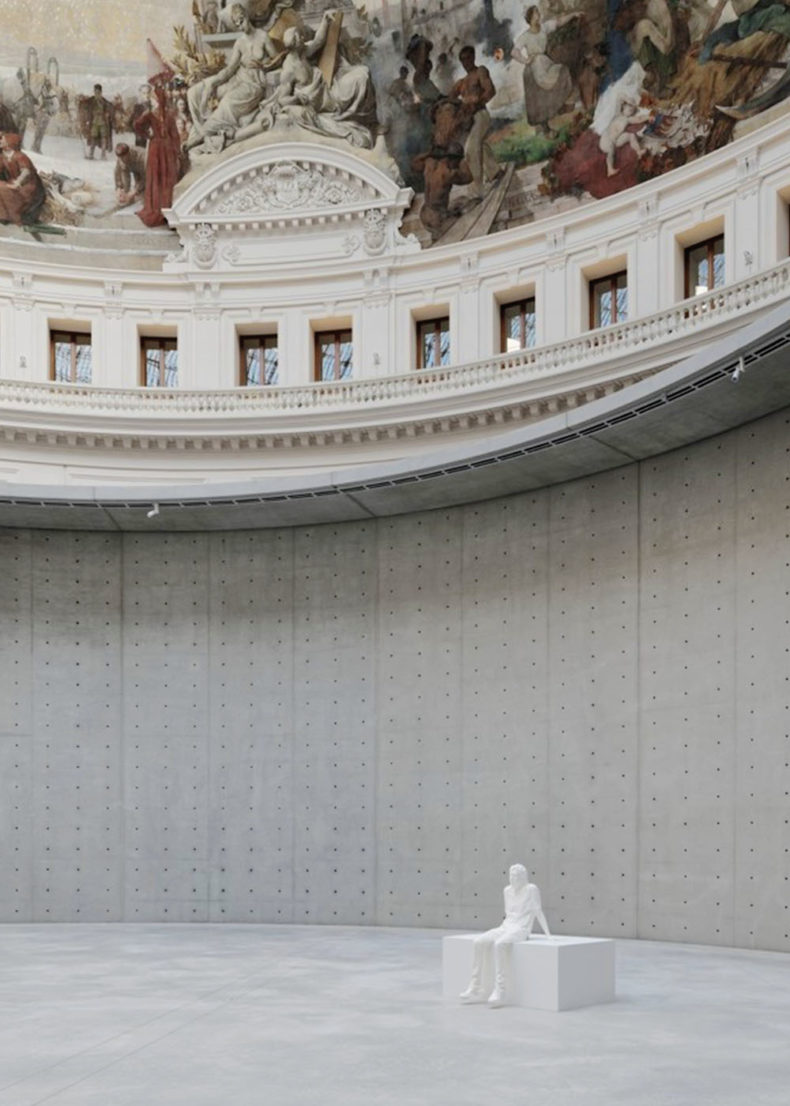
Photo on Instagram
The galleries around the central rotunda of the Bourse de Commerce are also filled with artwork, and there, in Gallery 3, I find a work by Dominique Gonzalez-Foerster titled OPERA (QM.15). I join the queue and read a notice about the work: ‘Room in total darkness. The use of smartphones and cameras is not allowed.’
When the time comes, a few of us are led into the dark space, where in the distance I see a hologram of Maria Callas performing arias from Verdi’s La Traviata, Cherubini’s Medea, and Ponchielli’s La Gioconda.
The archetypal figure of Callas appears, emerging from the darkness before dissolving back into it once again. The diva is wearing the red dress she donned for her final performance around ten years before she died. The impression is very emotional, even haunting.
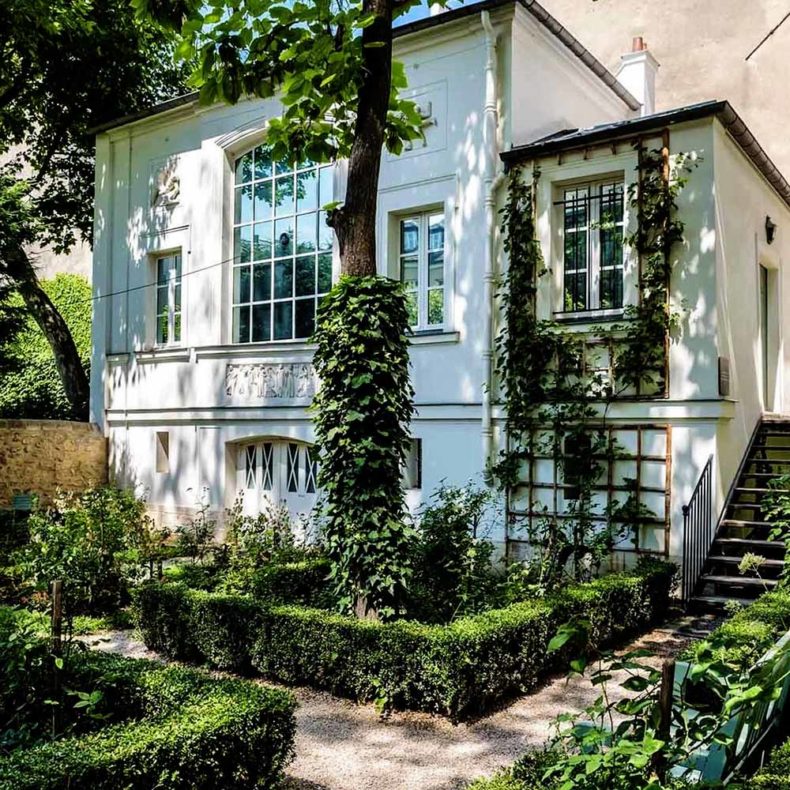
Photo on Instagram
Later, I cross the Seine and head to the Musée Delacroix on the Rue de Furstemberg. I’ve never been a great fan of Eugène Delacroix, the leader of the French Romantic school of painting, but I’ve always admired his sense of colour and clear brushstrokes. One of his most famous paintings is Liberty Leading the People, which was taken off public display a couple of years after its completion in 1830, when some officials deemed its glorification of liberty too inflammatory.
But the reason I’ve come here is not to look at Delacroix’s paintings; instead, I’ve come to discover the garden behind the building, where the artist had an apartment.
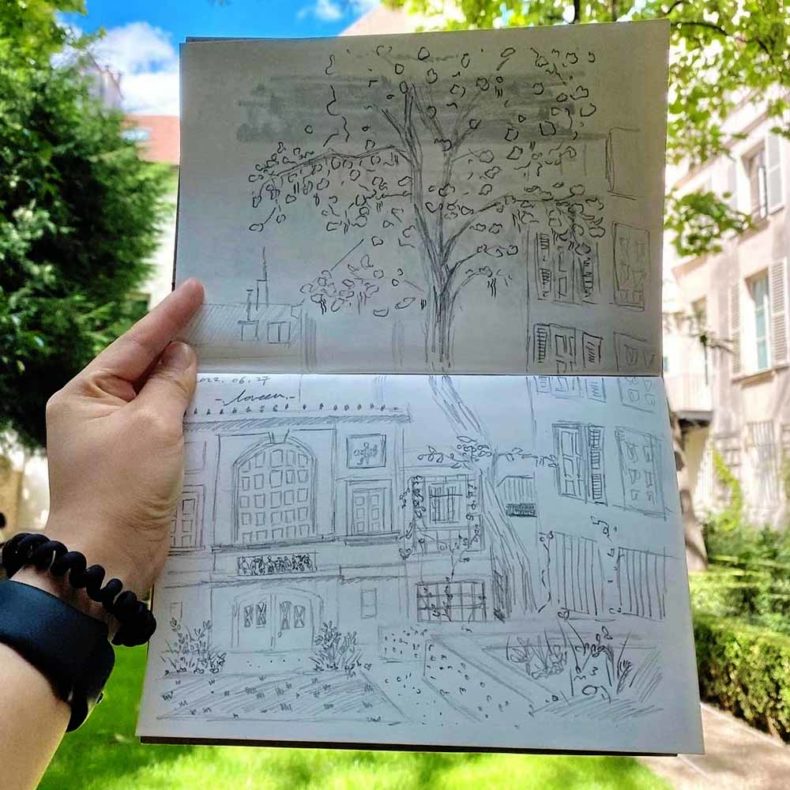
Photo on Instagram
The roses have just finished blooming, and I find several people sitting on the benches, drawing. There’s a table with books and pencils, and a seven-year-old girl is tugging on the teacher’s apron, wanting to show him her drawing.
It’s a peaceful Saturday afternoon. I take a piece of paper and a few pencils myself. I haven’t drawn for many years and find that I quite enjoy it.
Read more about Paris in Baltic Outlook.
